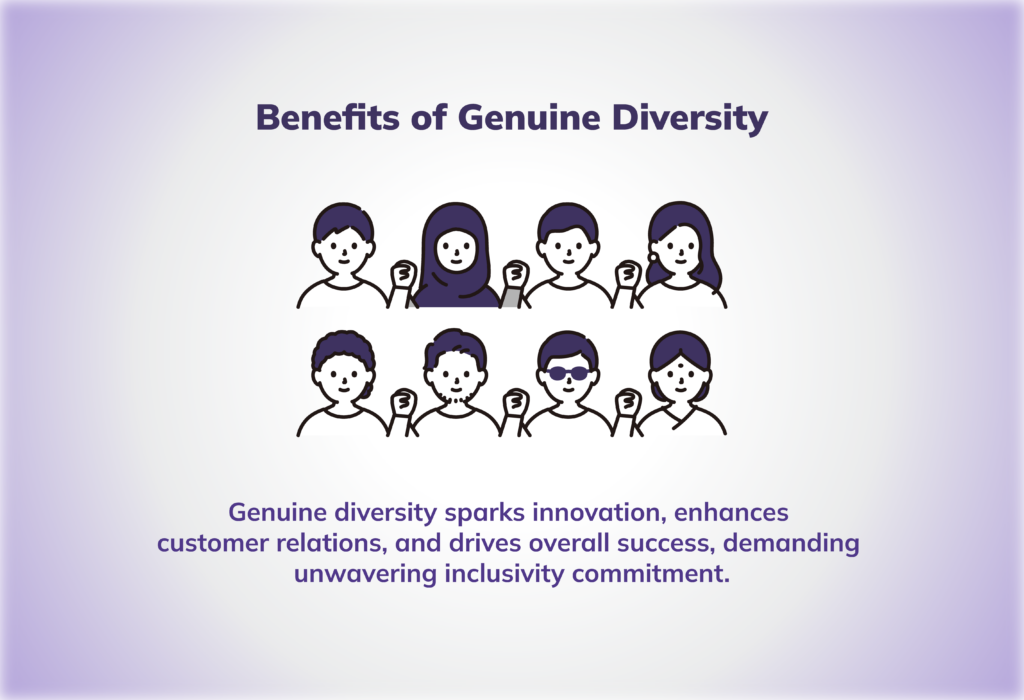Diversity in the workplace has evolved from being a moral imperative to a strategic necessity for companies in the modern world. In today’s business landscape, embracing diversity is considered not only a way to foster inclusivity, but also a means to improve innovation, creativity and productivity. However, with its increasing importance to businesses, consumers, clients and investors alike, there is an emerging trend of companies portraying a commitment to diversity in their public communications, whilst their internal hiring practices don’t reflect their outward stance.
For those who are familiar with PR or marketing trends, this phenomenon will be all too reminiscent of “greenwashing”, where a company uses green buzzwords to appear environmentally friendly, without meaningfully reducing its environmental impact. “Diversity washing” is the latest in the misuse or exaggeration of ESG terms to bolster a brand’s image.
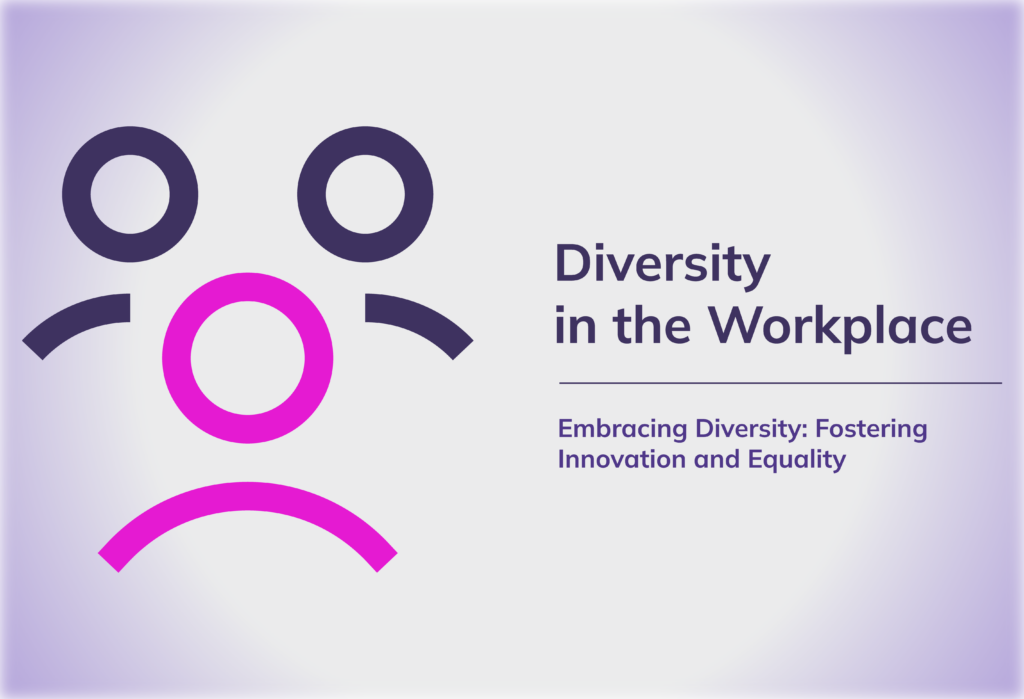
What does “diversity washing” look like?
Diversity washing is particularly noticeable during awareness months such as Pride Month and Black History Month, when businesses and organisations across the globe flock to their social media pages to add rainbow flags to their branding or launch advertising campaigns highlighting their support for Black businesses. Although this is great for bringing visibility to these causes, efforts must run deeper than these gestures.
Diversity washing has been criticised more by the public in recent years following major movements such as Black Lives Matter and Stop Asian Hate. Notably, the social media trend “#BlackoutTuesday” in 2020 sparked conversations around the problems with performative activism and more specifically diversity washing to the forefront. What initially began as a social media movement encouraging people to share a black square to put a spotlight on black voices in the creative industries on all media platforms, soon drew criticism with many calling for organisations and individuals to actively do something more meaningful than merely posting a black square.
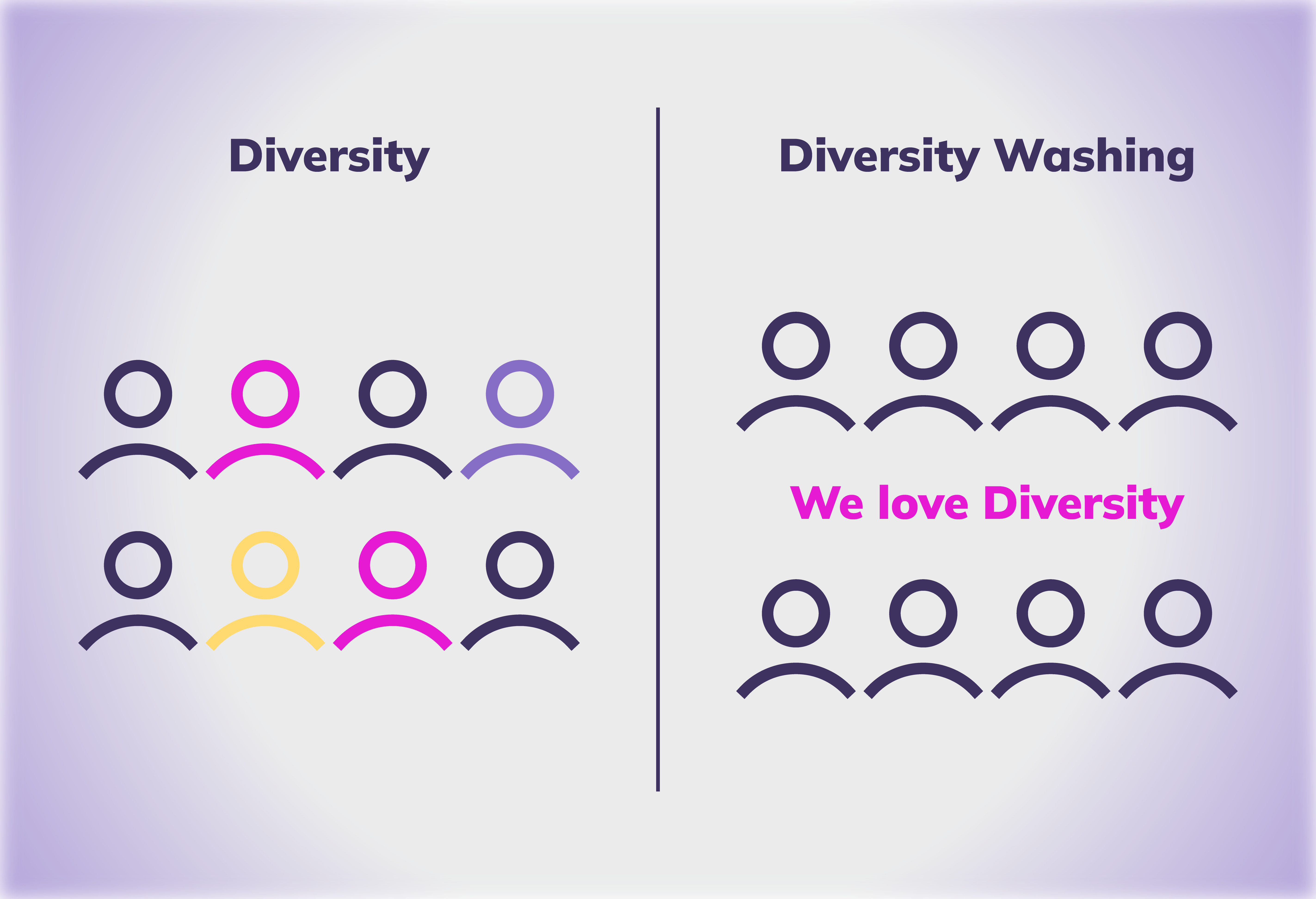
Dangers of diversity washing
The dangers of diversity washing go beyond just being misleading and damaging businesses. It carries with it significant ethical and practical implications by reinforcing existing inequities, preserving the status quo.
Recent studies have shown that corporations that exhibit significant discrepancies between their disclosed commitment to diversity, equity and inclusion (DEI) and their actual hiring practices still benefit from greater investment in their companies. Diversity washers receive higher ESG scores from commercial rating organisations and even more worryingly, relative to non-diversity washers, firms that diversity-wash have approximately 9.4% more stakes owned by socially conscious investors.
This exercise in hypocrisy not only fails to promote diversity, but it can also often exploit and co-opt the goals of social justice movements by diverting investments away from companies that truly prioritise DEI. It also redirects attention and resources from meaningful diversity and inclusion efforts. Resources that could be used to create more equitable workplace practices or support underrepresented communities are instead channelled into superficial initiatives that lack real impact.
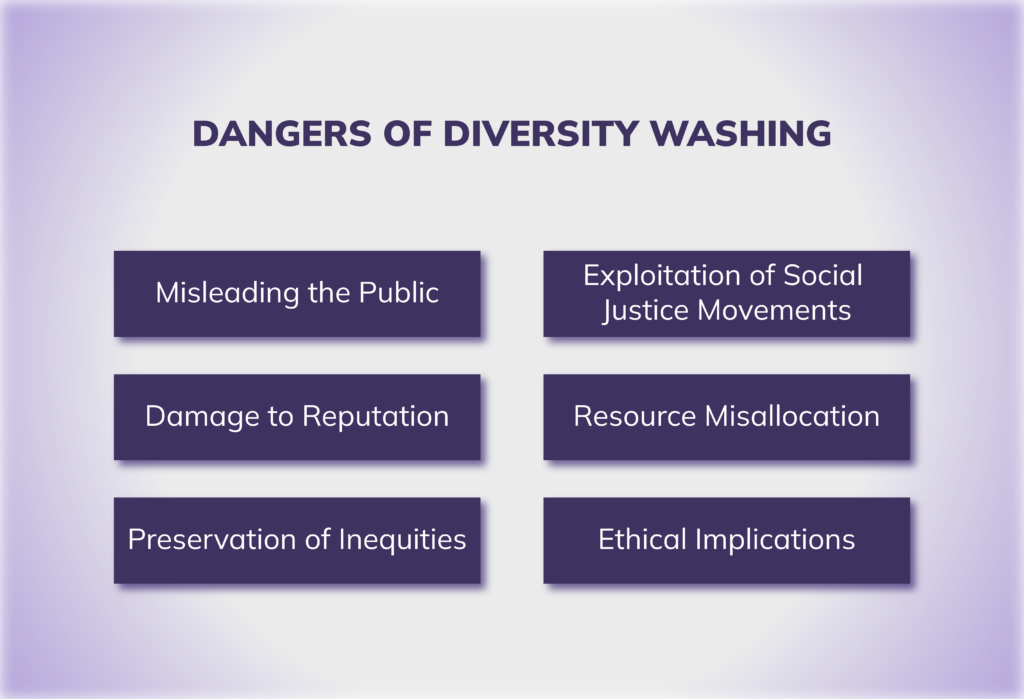
Goal setting
To genuinely promote diversity and avoid the diversity washing trap, companies should be adopting a proactive approach to meeting inclusion targets.
A foundational step in fostering workplace diversity is to establish clear and specific goals and metrics, and convey these in public communications. Businesses that are often guilty of diversity washing release messages of support for diversity and inclusion, particularly when it is prominent in popular discourse, without measurable and public actions. Long-term goals should be set and made transparent, shared with employees, and communicated to stakeholders, avoiding the pitfall of merely engaging in one-off initiatives that only provide the illusion of change.
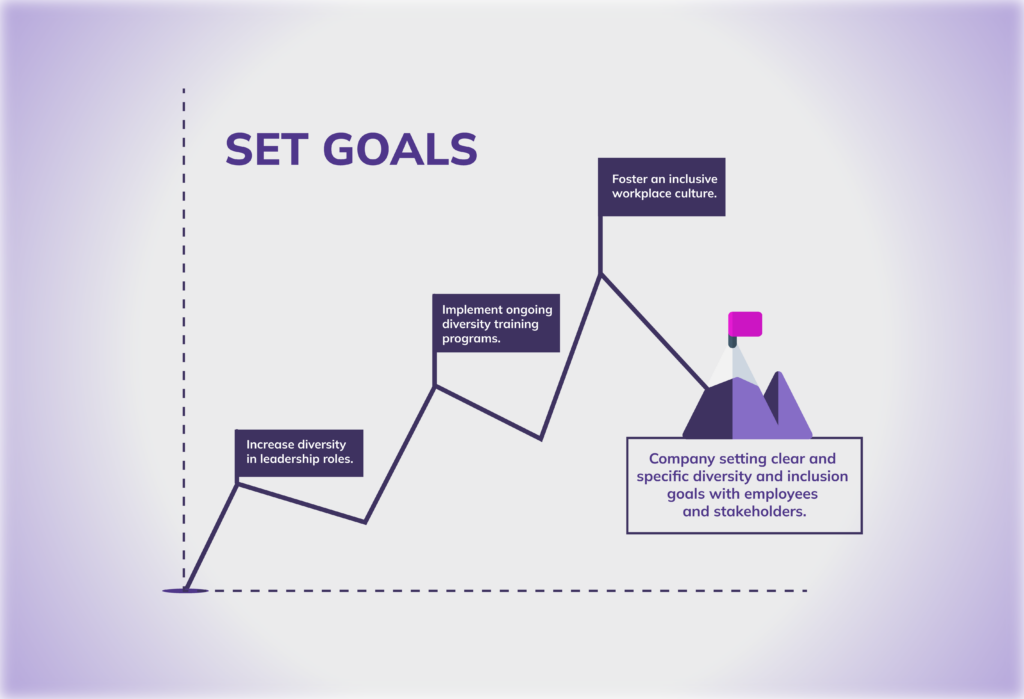
Inclusive leadership
A goal that companies can set is to have more diversity in leadership. Inclusive leadership is not merely a checkbox to be marked; it is a commitment to valuing diverse perspectives at the highest levels of an organisation. By ensuring that individuals from various backgrounds have a voice in leadership positions and decision-making roles, a company sends a powerful message that diversity is not just a superficial notion but a core value that influences every level of the organisation.
Further, companies should implement ongoing diversity and inclusion training programmes to truly create an inclusive culture. These programmes go beyond superficial awareness-raising exercises and delve into the importance of diversity, the history and experiences of various communities and ways to foster inclusion. Importantly, this education should be integrated into the company culture throughout the year rather than being reserved for special events or awareness months when the topic of diversity is trending.
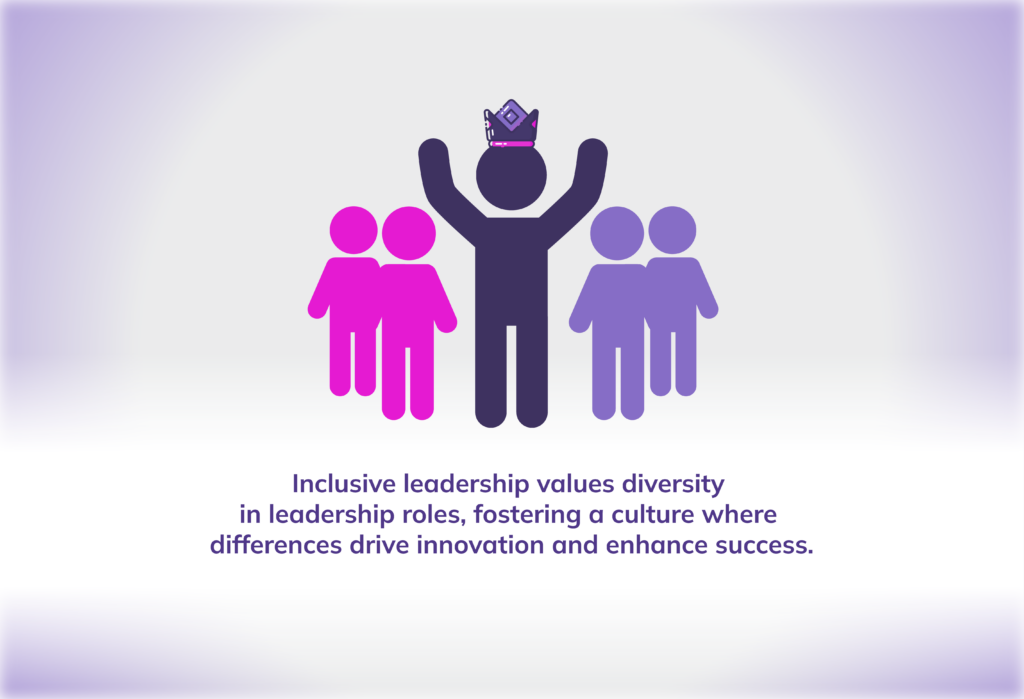
Benefits of a diverse workplace
Diverse teams have a proven track record of coming up with more imaginative solutions and tackling challenges from different angles. Moreover, they better understand and resonate with a diverse customer base which can lead to improved customer relations and increased market reach. Hence, diversity is key in fully unlocking a company’s potential for growth, adaptability and overall success. Recognising that genuine diversity goes beyond rhetoric and optics is essential to bring about sustainable change. It requires holistic commitment to fostering inclusivity and equality throughout an organisation. Events like Black History Month are great opportunities for education and action; for businesses to ask themselves what practical steps they can take to truly embrace diversity and inclusion as core values of theirs.
